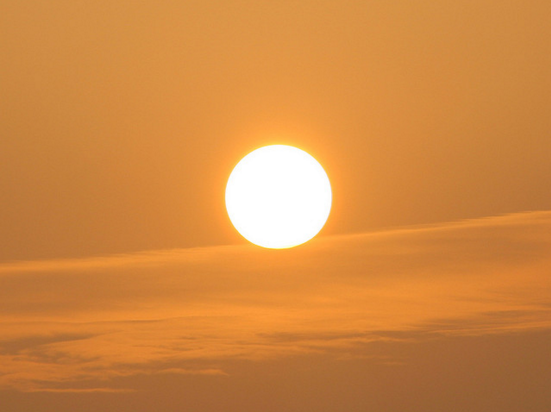
Because they are caused by the sun’s ultraviolet (UV) rays, actinic keratoses (AKs) are better known as solar keratoses. These patches of thick, crusty, scaly skin are quite common in light-skinned people who spend a lot of time in the sun. Some recent estimates put the number of Americans with AKs near 60 million. Not surprisingly, they are one of the most common reasons to visit a dermatologist.
What’s the Worry?
One of my duties as a dermatologist is to make my patients aware of the many dangers of sun exposure. This is particularly true for people with fair skin or bald heads. These at-risk patients are several times more likely to develop solar keratoses on sun-exposed areas. The reason these growths (lesions) are dangerous is that they may be precancerous. In fact, if left untreated, about 10 percent of them will become squamous cell carcinoma (SCC). A smaller portion may also develop into basal cell carcinoma.
The Dangers
The second-most common form of skin cancer, about 700,000 new cases of SCC are diagnosed each year in America. The good news is that with early detection and treatment, squamous cell carcinoma is seldom deadly. The bad news is the incidence of this particular type of skin cancer has doubled over the past three decades in America.
Prevention
Because sun exposure is the number one risk factor for actinic keratoses, it is important to seek shade during the day. For those who must be outside, wearing sunscreen with an SPF of 15 or higher every day is absolutely imperative. Covering up with clothing, a wide-brimmed hat, and sunglasses can also protect against UV rays. Yearly skin cancer exams should also help catch solar keratoses before they cause problems. Last but not least, it is often a good idea to avoid tanning beds, especially UV models.
Treatment
When caught early, before they are precancerous, solar keratoses can be treated in a number of ways. In cases where they are numerous and widespread, a dermatologist may prescribe topical gels, creams, and solutions to clear them up. This option greatly reduces the risk of scarring and side effects. It is not, however, the most commonly used option. Cryosurgery is the most popular and effective way to remove a small number of AK lesions. Generally performed in a dermatologist’s office, the doctor uses liquid nitrogen to freeze the growth, which subsequently shrinks and falls off. No cutting or anesthesia is required.
Please contact us directly for more information about actinic keratoses and skin cancer.
Thanks to Skyseeker on Flickr for the image used in this post.
